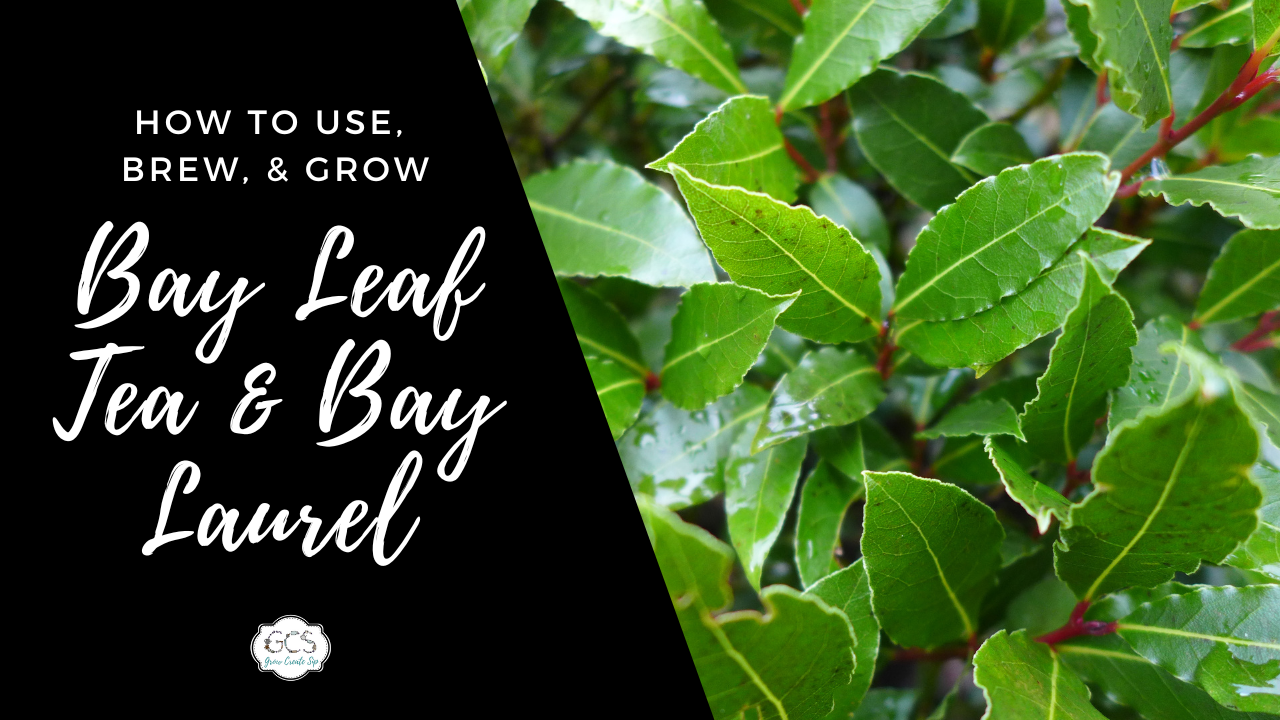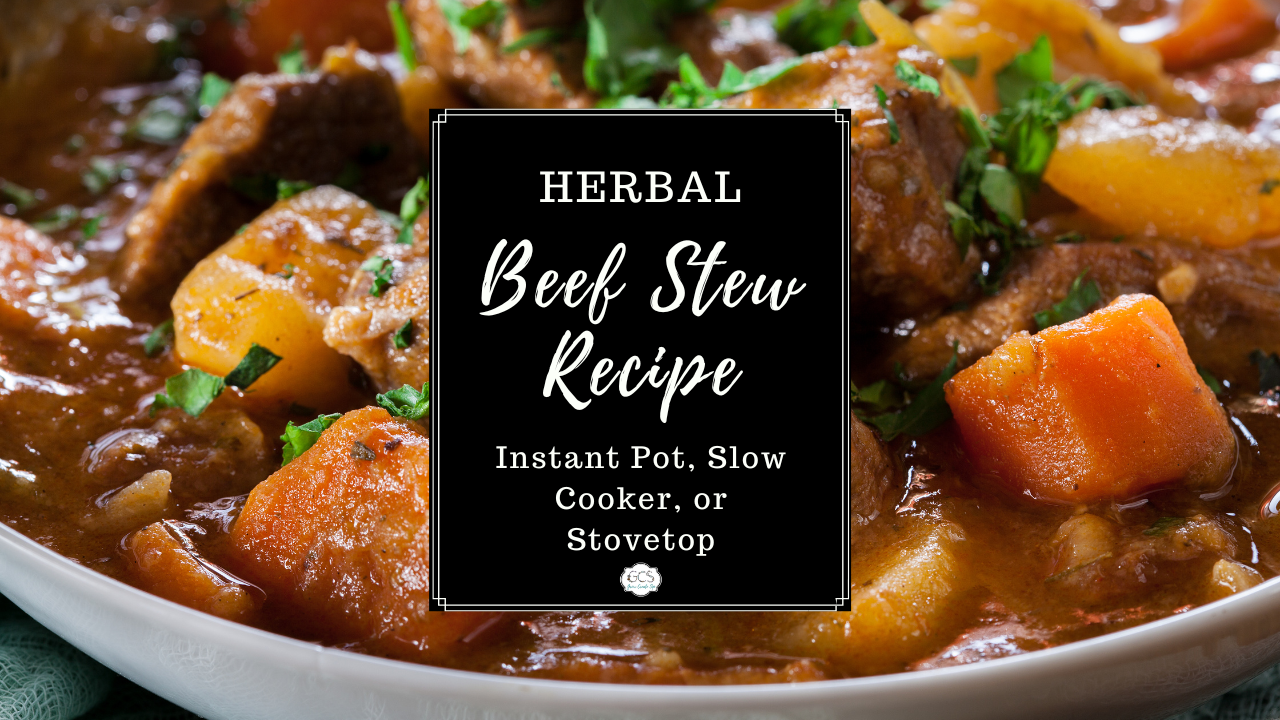Best Herb for Skin Health & Natural Sunburn relief
Jun 01, 2020
Imagine your hiking in the mountains, through the trail, and all of a sudden, something grabs on to your leg and isn't about ready to let go.
Or maybe your children or grandchildren are walking through the pasture or field and come back to the house with something stuck to their leg.
This might be how you imagine Cleavers.
Most people recall shaking hands or legs with cleavers, but cleavers are also great for the lymphatic system as well as your skin.
You might even find some ways to use it in your summer skincare. But did you know there are 25+ other things that cleavers are useful for?
Before we start:
This herbal information is just that, information. This blog post and I DO NOT INTEND to treat, cure, or diagnose any disease or illness. This is for informational, educational and entertainment purposes only. Please consult a physician before using herbs medicinally.
This post also contains affiliate links throughout. Translation: We get a little kick back for sharing certain products, at no additional cost to you, should you choose to purchase said items. And - thank you for supporting our farm and family!Read the full disclaimer here.
When learning about herbs, I always find it interesting that the herbs that tend to grow wild around us, happen to be the ones we need most that time of year. Of course, it doesn't always happen that way, but I find that true more often than not.
Not only do they happen to grow 'at the right time of year,' but they also seem to have medicinal properties conducive to our specific climates. Cleavers (or sticky weed) is no exception.
Here in wet, boggy NW Oregon, we lack some serious sunlight for most of the year as the dark, grey clouds dot the skies for 7-8 months of the year. That dreary weather also tends to keep us inside more than outside, which usually means less movement or less exercise.
Our lymphatic systems help to remove waste from the body, they are the cleansing system. Without proper cleaning, all sorts of things get bogged down and dirty. Our blood doesn't stay as clean, our liver gets backed up, and our lymph nodes will often swell. It is super important to keep our lymphatic system moving and clean. When all of those systems are bogged down and dirty, our skin on the outside starts to show. We end up with issues like eczema, swelling, psoriasis, etc. That's because our skin is used as the last resort. When our body is overwhelmed with toxins and sludge, in its attempt to remove it from the body.
Unlike our hearts, though, our lymphatic system does not have a pump. The lymph fluid that runs through our lymphatic system has to be moved in other ways. Those 'other ways' are usually through exercise.
See where I'm headed with this?
If we are indoors more because of the weather, or if we just don't exercise and don't drink enough fluid, our lymphatic system gets bogged down. It stops moving because we stopped moving. If our lymph is already slowed down and full of impurities that can really create some issues.Never fear, though, that is just where the herb cleavers shines. Yep, that common 'weed' is a nuisance when hiking, biking, or romping through the pastures.
Cleavers, also known as goosegrass, grip grass, bedstraw, sticky weed, stick-a-back- clivers, catchweed, clabergrass, coachweed, cleaverwort, hedge burrs, milk sweet, sweethearts and scratchweed, is native to North America (aside from the desert regions).
As part of the Rubiaceae family, Cleavers may be harvested during May and June right before it begins to flower. Note that this is also the transition time between spring and summer when our bodies are in the last phases of their natural detoxification from winter. Not a coincidence but part of our Creator's plan.
Cleavers has long clinging stems that have sticky feeling little hooks. The leaves are small and thin with about 6-8 whorls or astrict like bunches. These leaves have much space between them as if they are worried they might stick to themselves. Cleavers usually grow with other plants as they use the other plants for support during their growth. The light green stems are generally very square in nature.
When it comes time to harvest cleavers in May and June, we want to make sure that we are collecting the aerial parts of the plant. They may be used either fresh (especially for their juice) or used after they are dried.
While cleavers tend to be wild-harvested or foraged, they may also be grown from seed. Cleavers love to grow in shaded areas or in the partial sun, making them great for those shady spots in your yard. Use caution, though, as they tend to take over those other plants that they 'lean on' in order to grow.
Cleavers are easy to harvest or pull up, the hardest part is getting them not to stick to everything. They love loose, moist leafy soil and can tolerate some dry soil. Their favorite, though, is the damp thickets with nitrogen-rich soil.
To sow cleavers by seed, make sure to plant directly in the ground during the late summer. Cleavers will self-seed and return every year as an annual. If you are looking for some companion plants for cleavers, a couple good ones would be burdock and horsetail that tend to love similar growing conditions and soil.
https://www.growcreatesip.com/MiniTeaWorkshop
A 2006 study demonstrated that cleavers (Galium) had anti-bacterial actions towards staphylococcus aureus. (Prilepskaya VN et al. Maturitas. 2006 Nov,55)
Cleaver doesn't just tackle staph, though; it has an affinity for many systems in the body from effects on the blood, lymphatic system, the kidneys, bladder, and the glandular system.
Cleaver also comes packed with some handy constituents such as fatty acids, tannins, coumarins, citric acid, gallotannic acid, and flavonoids.
Cleavers tout its abilities as a diuretic, alterative, anti-inflammatory, tonic, astringent, laxative, and fa lymphatic.
The taste of cleavers tends to be sweet and salty, allowing for culinary use mostly as a steamed green.
Cleavers may be used in tinctures or teas (infusions) for internal use. It may be infused into oils, made into compresses, salves, and balms for external use on the skin.
But I know y'all are waiting for that list of 25+ things that you can use cleavers for medicinally. So let's get to it!25+ Medicinal Uses for Cleavers
That is one incredible list of medicinal uses! As you can see, this 'weed' really packs a powerful medicinal punch. As you wildly start to harvest this simple plant, people might begin to stare at you, wondering what is wrong and why you are stocking up on sticky weed! Maybe they will fall in love with it like you once they also discover it's wonderful uses.Simple Cleavers Tea
Turn your freshly dried cleavers into a beautiful tea for sipping and or using as a skin wash. Add a boost to the cleavers with these additional lymph and skin herbs!
Ingredients
1 part dried cleavers
1 part calendula petals
1/2 part lemon balm
Directions
Mix dried herbs in a bowl. Steep 1 teaspoon of dried herb in 6-8 oz of water for 5-7 minutes. Strain and enjoy!
For a medicinal infusion: Steep 1/4 cup dried herbs to 6-8 cups of water. Steep for 15-20 minutes. Strain and enjoy throughout the day.
To use this tea for sunburns or on the skin: Cool steeped tea until just warm to the touch or room temperature. Soak a gauze or cloth towel and dab on to sunburned area or burned skin. Make sure the tea is NOT hot. Repeat as needed.
If you loved this blog post and want to see more on different herbs and their medicinal properties make sure you grab this printable information sheet on the medicinal properties of cocoa!
I don't know about you, but I'm ready to go harvest those cleavers that decided to grow in the moist, bog-like environment under our greenhouse seed table. Not only is it 'in my way', but I think I need to work on that lymphatic system. Do you have cleavers growing in your area? Have you used cleavers before? Let me know in the comment section below!


















